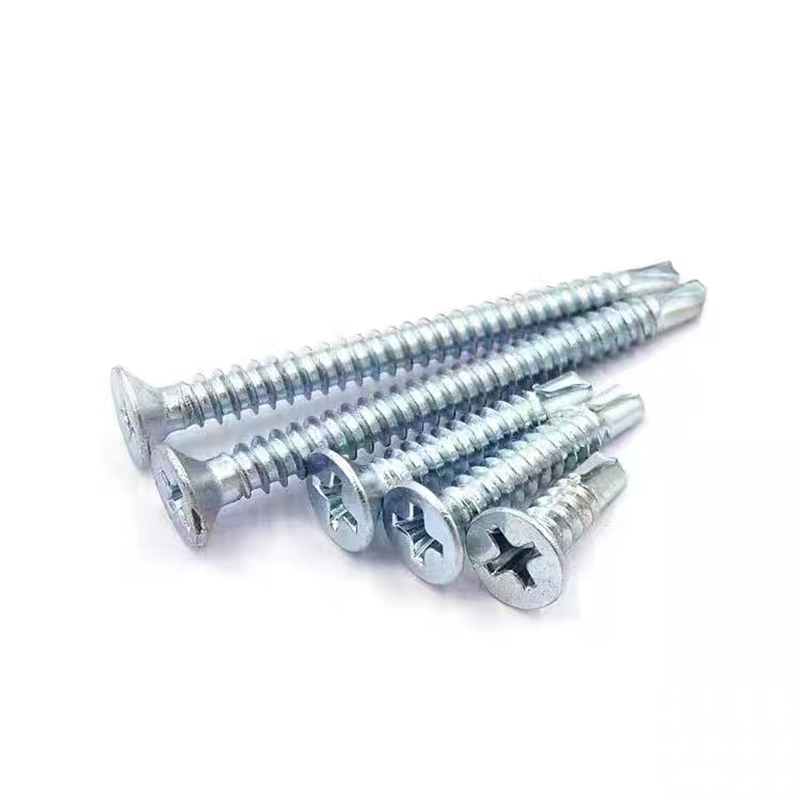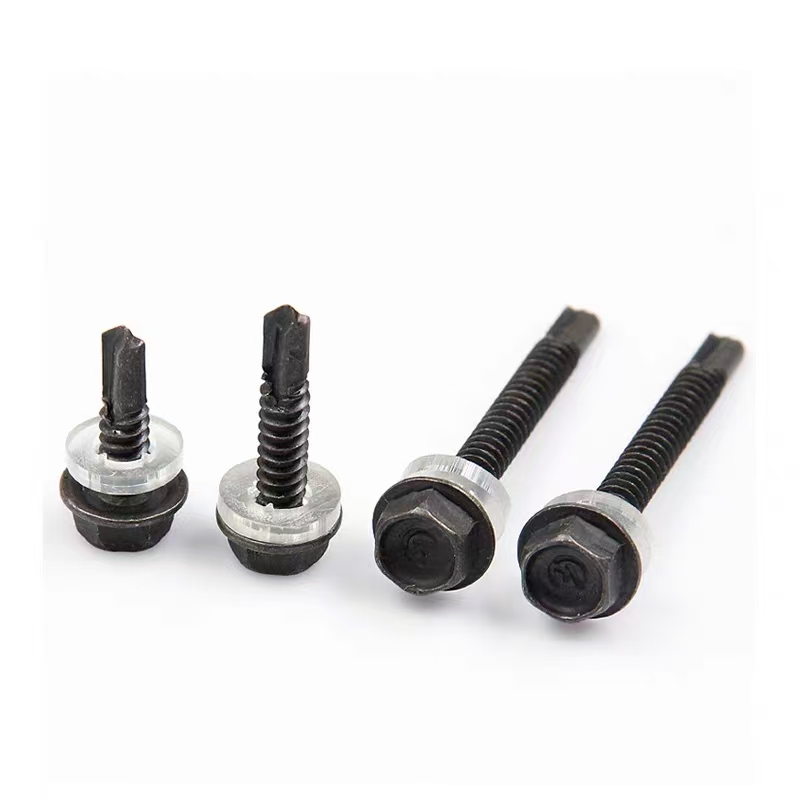- Chinese
- French
- German
- Portuguese
- Spanish
- Russian
- Japanese
- Korean
- Arabic
- Irish
- Greek
- Turkish
- Italian
- Danish
- Romanian
- Indonesian
- Czech
- Afrikaans
- Swedish
- Polish
- Basque
- Catalan
- Esperanto
- Hindi
- Lao
- Albanian
- Amharic
- Armenian
- Azerbaijani
- Belarusian
- Bengali
- Bosnian
- Bulgarian
- Cebuano
- Chichewa
- Corsican
- Croatian
- Dutch
- Estonian
- Filipino
- Finnish
- Frisian
- Galician
- Georgian
- Gujarati
- Haitian
- Hausa
- Hawaiian
- Hebrew
- Hmong
- Hungarian
- Icelandic
- Igbo
- Javanese
- Kannada
- Kazakh
- Khmer
- Kurdish
- Kyrgyz
- Latin
- Latvian
- Lithuanian
- Luxembou..
- Macedonian
- Malagasy
- Malay
- Malayalam
- Maltese
- Maori
- Marathi
- Mongolian
- Burmese
- Nepali
- Norwegian
- Pashto
- Persian
- Punjabi
- Serbian
- Sesotho
- Sinhala
- Slovak
- Slovenian
- Somali
- Samoan
- Scots Gaelic
- Shona
- Sindhi
- Sundanese
- Swahili
- Tajik
- Tamil
- Telugu
- Thai
- Ukrainian
- Urdu
- Uzbek
- Vietnamese
- Welsh
- Xhosa
- Yiddish
- Yoruba
- Zulu
- Kinyarwanda
- Tatar
- Oriya
- Turkmen
- Uyghur

How is footing technology advancing sustainability?
2025-08-20
The integration of modern technology in footing systems is no longer a futuristic concept. It’s becoming a vital part of sustainable construction. Companies like Handan Zitai Fastener Manufacturing Co., Ltd. have been at the forefront, pushing for innovations that blend strength with sustainability. But how exactly are these advancements making a difference?
Revolutionizing Material Use
Traditionally, the construction industry has been a voracious consumer of resources, often with little regard for ecological impact. Today, with the push toward sustainability, there’s a notable shift. Materials are no longer just about strength and durability but also about their environmental footprint. New composites and eco-friendly materials are gradually replacing older, more polluting options. This shift involves trial, error, and sometimes resistance from within the industry.
An example is the use of recycled steel, which significantly reduces the carbon footprint compared to newly produced steel. But what’s rarely discussed is the challenge of ensuring these materials meet rigorous safety standards while still being cost-effective. Companies need to innovate not just in materials but in logistical approaches, a task not as glamorous yet crucial for large-scale adoption.
Handan Zitai, operating from the heart of China’s largest standard part production base, is uniquely positioned to experiment with these sustainable materials. Their access to robust supply chains and diverse client needs gives them a vantage point for implementing changes incrementally yet effectively.
Sustainability in Manufacturing Processes
Anyone involved in manufacturing knows it’s not just what you produce but how you produce it. Take Handan Zitai again, whose strategic location by major transportation routes like the Beijing-Guangzhou Railway provides them with logistical advantages that can lower overall emissions. But a sustainable approach goes deeper.
The concept of lean manufacturing, minimizing waste while maximizing productivity, is being extended to include environmental waste, such as emissions and energy use. It’s not always straightforward; the initial investment can be daunting, and there’s an uphill task of balancing financial sustainability with ecological goals. Yet, as more companies invest in energy-efficient technologies, like advanced tooling and machinery, the industry is seeing reduced waste and improved sustainability.
Implementing these practices requires skilled labor and ongoing training. It’s an investment in people as much as in technology, which can be an unexpected pitfall for many smaller companies.
Technologies Driving Change
Innovative technologies like digital twin models and 3D printing are paving the way for more sustainable construction practices. Digital twins allow for real-time analysis and optimization, reducing errors and conserving resources during the design phase. The technology’s application isn’t without hiccups, often requiring a steep learning curve for engineers and designers.
3D printing, meanwhile, offers on-demand production capabilities, which dramatically cut down on material waste. It’s fascinating to see its evolution from prototype to large-scale implementation. However, the supply chain needs to adapt to the new demands of raw materials specific to printing technologies—another area where companies like Handan Zitai could leverage their strong manufacturing background.
Adoption often slows due to the hesitancy in overhauling established supply chains and processes. The technology’s novelty can be intimidating and requires extensive collaboration across sectors to integrate effectively.
Addressing the Energy Dilemma
Energy use is a critical concern, and it’s no different in construction. Innovations in renewable energy sources are being adopted at construction sites worldwide. Incorporating solar panels and energy-efficient lighting systems are just the starting points. But making this transition isn’t just a matter of swapping one energy source for another. It involves rethinking the entire energy consumption model at construction sites and offices.
Handan Zitai’s logistical advantages give them a leg up in transitioning towards renewable sources. However, the broader industry must tackle the inconsistency in energy delivery and the high costs of technology adoption. Early adopters face trials that later followers can learn from, a classic pattern in technological evolution.
In many cases, moving fully to renewables involves transitional strategies that mix old and new, ideally with decreasing reliance on non-renewables over time—an approach that requires careful planning and robust infrastructure.
Challenges and Future Directions
It’s not all smooth sailing. Several challenges exist: high initial costs, the need for specialized skills, and uncertainties in regulatory environments. But overcoming these hurdles is crucial for long-term sustainability in the construction sector.
Companies like Handan Zitai Fastener Manufacturing Co., Ltd. continue to step forward, incorporating greener practices not just in products but also in business models. It’s a gradual process, requiring constant adaptation and learning. Yet, the push for sustainable practices in footing technologies feels less like a trend and more like an inevitable evolution borne out of necessity.
The future may well depend on collaborative efforts between governments, industries, and communities, enhancing the overall framework in which these sustainable technologies operate. We’re moving towards solutions that don’t just work temporarily but are meant to redefine the very relationship between construction and the environment.












